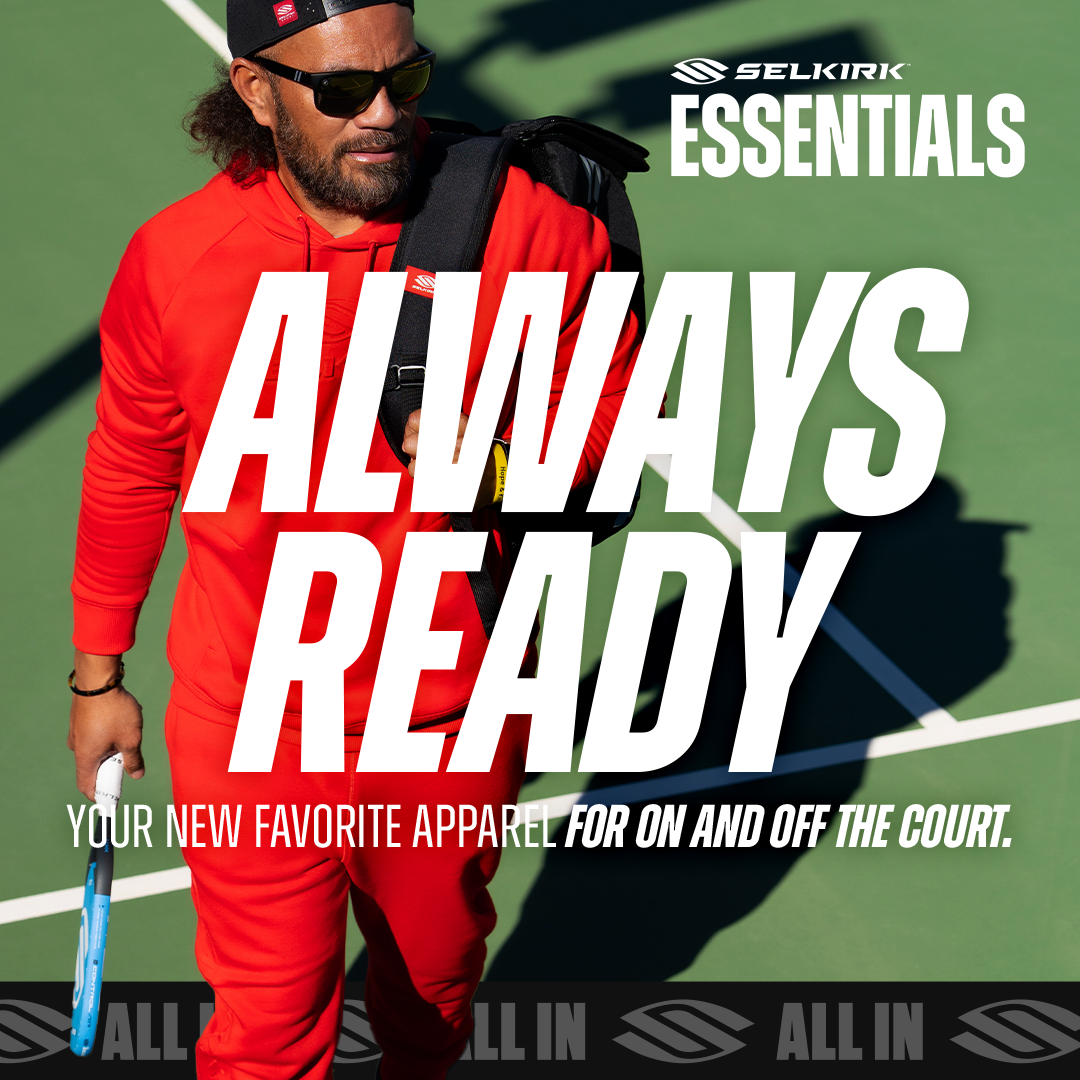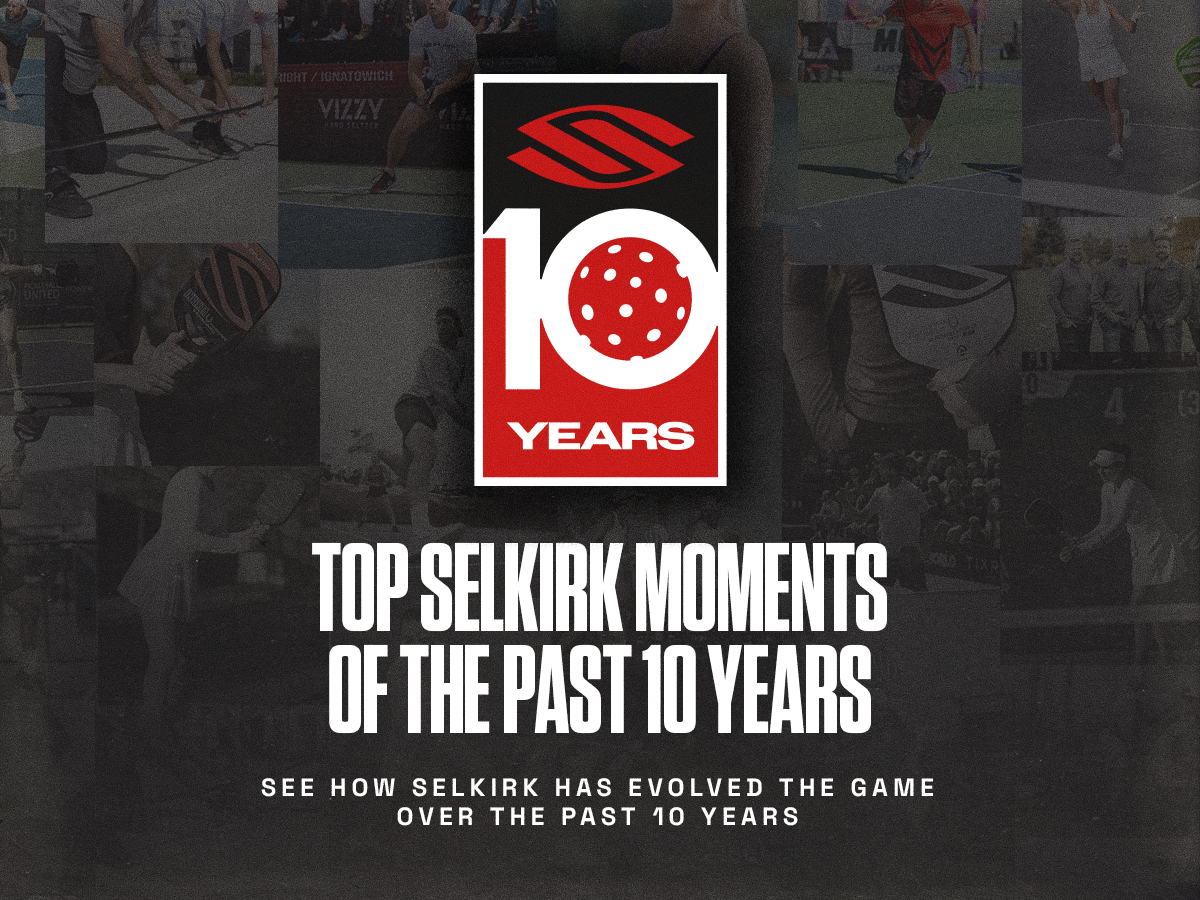In the dynamic world of pickleball, players are constantly seeking the perfect balance between power, control, and precision.
But one crucial aspect that defines a paddle's performance is often overlooked: The sweet spot.
The sweet spot is the area on a pickleball paddle where players experience optimal contact, resulting in enhanced, more accurate shots and better overall gameplay.
Where is the sweet spot on a pickleball paddle?
The sweet spot on a pickleball paddle is located near the center of the paddle. This sweet spot is the Holy Grail for players, and finding it can significantly elevate one's game.
When players make contact with the ball in this region, they can feel a seamless connection between the paddle and the ball, resulting in improved shot accuracy and power.
Benefits of a large sweet spot on a pickleball paddle
A paddle with a large sweet spot opens up a variety of possibilities for players. A larger sweet spot provides a more forgiving playing experience, allowing players to enjoy improved shot consistency even when they don't hit the ball dead center on the paddle.
This forgiving nature of a large sweet spot can be especially beneficial for beginners or players looking to refine their skills without the constant worry of precision.
Additionally, hitting the ball on the sweet spot — or near it — can help reduce vibration felt through the paddle. This reduced vibration can help alleviate strain in your wrists, elbow, and forearm, which can help players avoid pickleball elbow.
Effects of a small sweet spot on a pickleball paddle
Conversely, a small sweet spot can pose challenges for players. With a limited area for optimal contact, precision becomes a demanding skill, and mishits are more likely to occur.
Smaller sweet spots may compromise the player's ability to consistently execute powerful and controlled shots. As a result, players might find it difficult to maintain a competitive edge on the court unless they adapt their playing style to accommodate the limitations of the paddle.
Players who find themselves constantly hitting the ball off-center, may want to consider switching to a paddle with a larger sweet spot.
How to tell how big your paddle’s sweet spot is
Generally speaking, paddles that are shorter and wider have a larger sweet spot. Conversely, elongated, thinner paddles have a smaller sweet spot because there is paddle face to contend with, so there is a smaller space in the center of the paddle.
Additionally, paddles that have thicker cores — typically 16 mm or greater — allow a bigger sweet spot and greater control. The thicker core acts as a cushion, allowing players to achieve more controlled shots.
The sweet spot on a pickleball paddle is a critical factor that significantly influences a player's performance on the court. Striking the right balance between power and control, players can unlock their true potential and elevate their gameplay.
Whether a paddle boasts a small or large sweet spot, understanding how it affects your game is essential for making an informed choice that aligns with your playing style and skill level.
























































